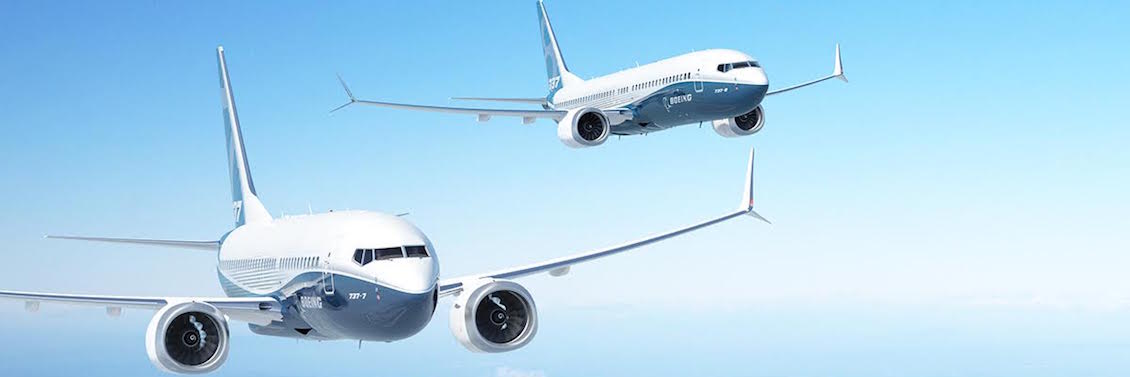
The larger and larger backlogs acquired by Airbus and Boeing with their recent sales are likely to become even a nightmare for both air-framers if sustaining an increasing output of narrow-body airliners becomes difficult.
Currently both of them are building 42 aircraft of this category per month. The former plans to ramp up to 50 early in 2017 and boasts they could even become 63 (maybe just in peak monthly dashes). The latter intends to rise its production rate to 52 by 2017 and says the could reach 60 with ease.
Airbus’s A 320 family order book registered a backlog of 4.830 at the end of 2014, a year in which 490 deliveries of the type were made (average 40.8 per month), while Boeing had some 4,200 unfulfilled orders for the competing 737 family, having delivered 485 aircraft of the type (average 40.4 per month). Considering the new orders announced at Paris Air Show, the need of rising production rate becomes then imperative.
Though, another problem exists, and it is with the single customers and the global air transport industry: is the international airline market really able to absorb an input rate of some 120 narrow-body airliners per month on a long run? Both airliner manufacturers have updated their prospects in the respective 20-year outlook in which many economic indicators are seen favorable. But the market could become saturated very quickly in case the GDP growth declines in the present leading countries.
This troubles, in particular, the suppliers and vendors, who are forced to invest in equipment, technologies, facilities, machines and workforce to sustain higher production rates without being assured of their effective duration. In case of a market recession, they would be forced to reduce their activity as soon a possible to protect against excessive fixed cost rise. In turn, this would bring to slowing down the whole production chain.
In an article for the largely-circulated weekly magazine Aviation Week & Space Technology (Paris Air Show June 22 edition) Teal Group renowned analyst Richard Aboulafia expresses skepticism about this trend and bewares the suppliers (the minor ones in particular) of the risks of overcapacity in which they could incur.
To the question whether they wouldn’t feel “being running too fast”, both Airbus and Boeing senior officials answered that they have no other choice than responding to the market request. But one of them is in the USA and the other one in the EU, places with different industrial and labor regulations. Also many International large and small supplier companies are in similar situations.
Therefore many discussions on the matter are likely to be risen in the near future.

Andrea Artoni
AeroStudio
Tags: Airbus, Boeing, Aerospace & Defense, Paris Air Show - Le Bourget 2015


Comments powered by CComment